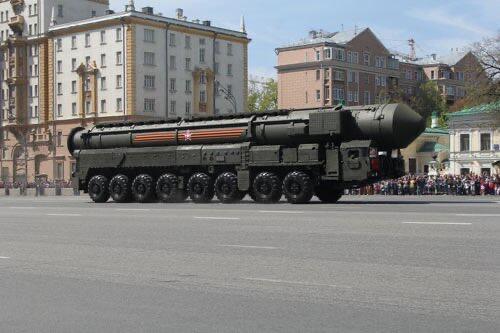SpinLaunch plans to drastically reduce the costs involved in orbital launches through a method based on centrifugal force. The goal is to accelerate the vehicle inside a vacuum chamber to 7,500 km/h and launch it to an altitude of 60 km, at which point a small booster will propel it to escape velocity, which is 27,600 km/h.
According to the company, which has already conducted test launches, the cost to send 1 kg into space could be reduced to as little as $1,250—significantly lower than the current $6,000 charged by SpaceX’s Falcon 9. However, the payload must be sufficiently resilient to withstand a centrifugal force of 10,000 Gs for 30 minutes, which is the time required for acceleration.
In a launch test conducted in 2022, the prototype reached nearly 10 km in altitude, with the payload returning intact to the ground after the capsule was ejected.
According to experts, this could be an interesting solution for launching beams and structural support components intended for the construction of large-scale orbital structures, such as spacecraft and space stations.
SpinLaunch estimates it will be able to conduct 10 to 20 orbital launches per day, each carrying up to 400 kg of payload.



